-
Welcome to Tacoma World!
You are currently viewing as a guest! To get full-access, you need to register for a FREE account.
As a registered member, you’ll be able to:- Participate in all Tacoma discussion topics
- Communicate privately with other Tacoma owners from around the world
- Post your own photos in our Members Gallery
- Access all special features of the site
Everything You Always Wanted About Lower Ball Joint Bolts
Discussion in '1st Gen. Tacomas (1995-2004)' started by SpikerEng, Jul 21, 2022.
Page 4 of 11
Page 4 of 11


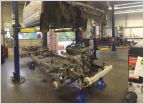 Oil filter study
Oil filter study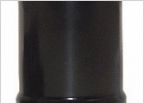 98 3.4l Tacoma Fuel Filter Replacement
98 3.4l Tacoma Fuel Filter Replacement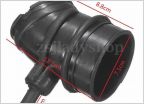 Semi custom air intake tube
Semi custom air intake tube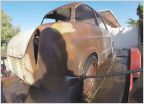 Rust question
Rust question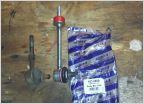 2000 PreRunner Extended Stabilizer bar links
2000 PreRunner Extended Stabilizer bar links Rear o2 sensor - DONE!
Rear o2 sensor - DONE!

